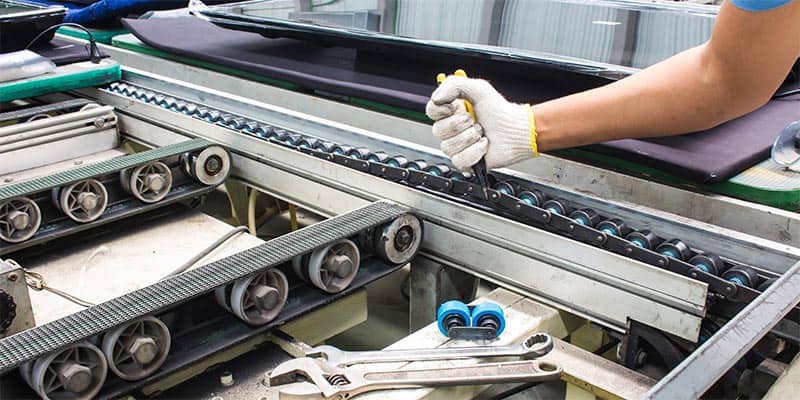Manufacturing facilities and other plant operations are facing considerable economic challenges in their operating environments as they struggle to adapt to a rapidly evolving business landscape while controlling costs. While such developments as the Industrial Internet of Things (IIoT) technology and Industry 4.0 offer promise, there are much more fundamental (and easily accomplished) ways for facility management to reduce their expenses. One of these is by boosting the cost effectiveness of the maintenance function.
Business leaders who have studied the maintenance function carefully have found that maintenance makes up anywhere from 15% to 40% of total product cost. The most perceptive among them have also discovered that every dollar saved in maintenance costs contributes as much to company profits as three dollars in new sales.
One big area of savings comes in controlling the cost of maintenance management while ensuring equipment longevity. Fortunately, a primary cost center within the maintenance function — maintenance materials — can provide a significant boost in this regard.
How Do Maintenance Materials Costs Become Excessive?
Maintenance materials can be one of the most significant cost centers for any facility. Directly related to the frequency and extent of repairs made to the company’s equipment, maintenance material expense is necessary, but that doesn’t mean it should be unrestrained. Yet, since little attention is paid to maintenance materials in many operations, maintenance material inventories may be 20-30% higher than necessary. This overage also increases inventory holding costs, which inflates the cost of materials, overall.
In addition, excess inventory tends to create disorganization, making it difficult for the stores function to service the maintenance department’s needs. This often leads to MRO technicians maintaining “pirate” or “illegal” storage depots for just-in-case spares, which also drives up the cost of maintenance materials. The sheer number of parts, in conjunction with inefficient stores and purchasing policies, and inadequate overall inventory management, contributes to skyrocketing maintenance material costs.
Such an approach can even lead to maintenance strategy failure, one of the top 10 causes of downtime, per the 2020 Plant Engineering maintenance study. The solution, of course, is sound maintenance inventory control, which enables companies to lower the value of their maintenance materials inventory and still maintain a service level of at least 95%. This approach also enables the maintenance department to be responsive to the operations group, while increasing their own personal productivity.
Such practices have never come naturally to organizations, but now, the challenge is even greater. Effectively managing the cost of maintenance materials, which is intricately tied to the cost of controlling maintenance overall, is becoming increasingly difficult due to the factors cited above. So significant is this challenge that in the report from its study, Plant Engineering authors noted, “What differentiates this year’s Plant Engineering maintenance study… is a bald-faced recognition of the evolutionary challenge today facing the maintenance function.”
Boosting Profitability with Computerized Maintenance Management
Fortunately, there is a simple, proven solution, which is use of a computerized maintenance management system (CMMS) that can reduce maintenance inventory costs while boosting overall maintenance management almost immediately. So effective is use of a CMMS, in fact, that in the study cited above, it was listed as the technology most often used to manage and monitor maintenance (50% of respondents). As a bonus, the survey indicated that successful CMMS users averaged 19% lower material costs and an overall 18% reduction in total inventory.
Finally, and perhaps most impressively (especially for the finance department and C-suite), 65% percent of respondents in a separate survey, published in 2021, indicated that a CMMS helps improve the overall efficiency of plant manufacturing. It also decreases downtime, according to 58% of respondents. Those are statistics all plant management should welcome.
To learn more about how a CMMS could benefit your firm, we invite you to request a no-obligation discussion of CMMS features and benefits. Tero Azzier, a leading CMMS, comes with an added cost-reduction strategy. The solution is fully cloud based, which means our clients avoid the annual maintenance costs typical with on-premise CMMS solution. Those can run 18-22% of the initial software/hardware outlay.




